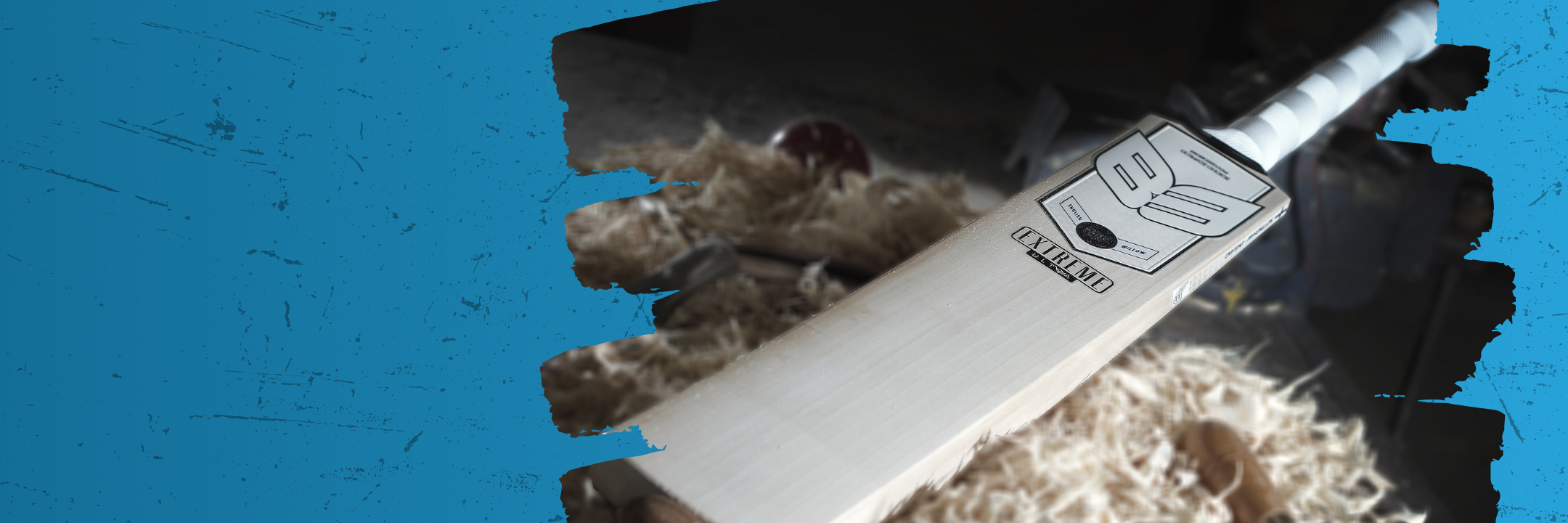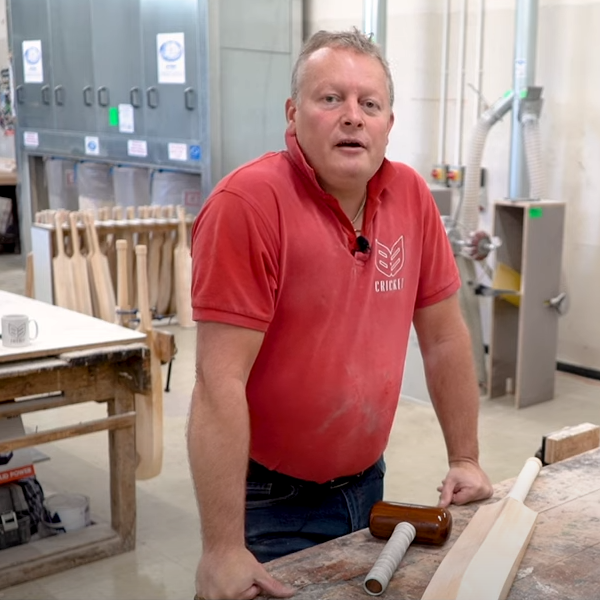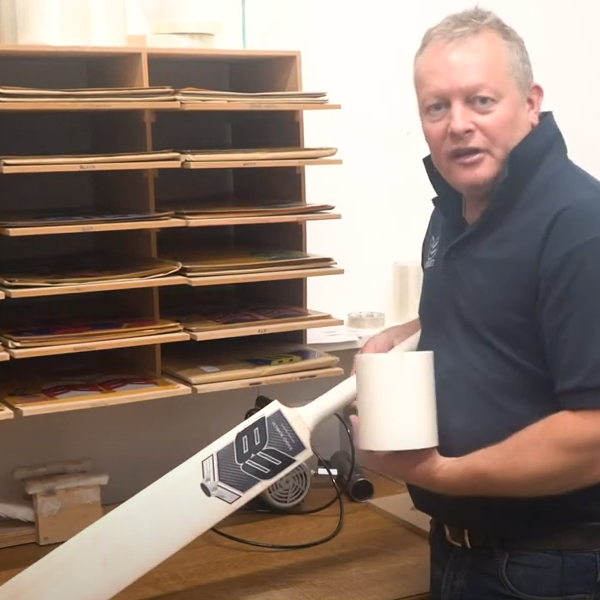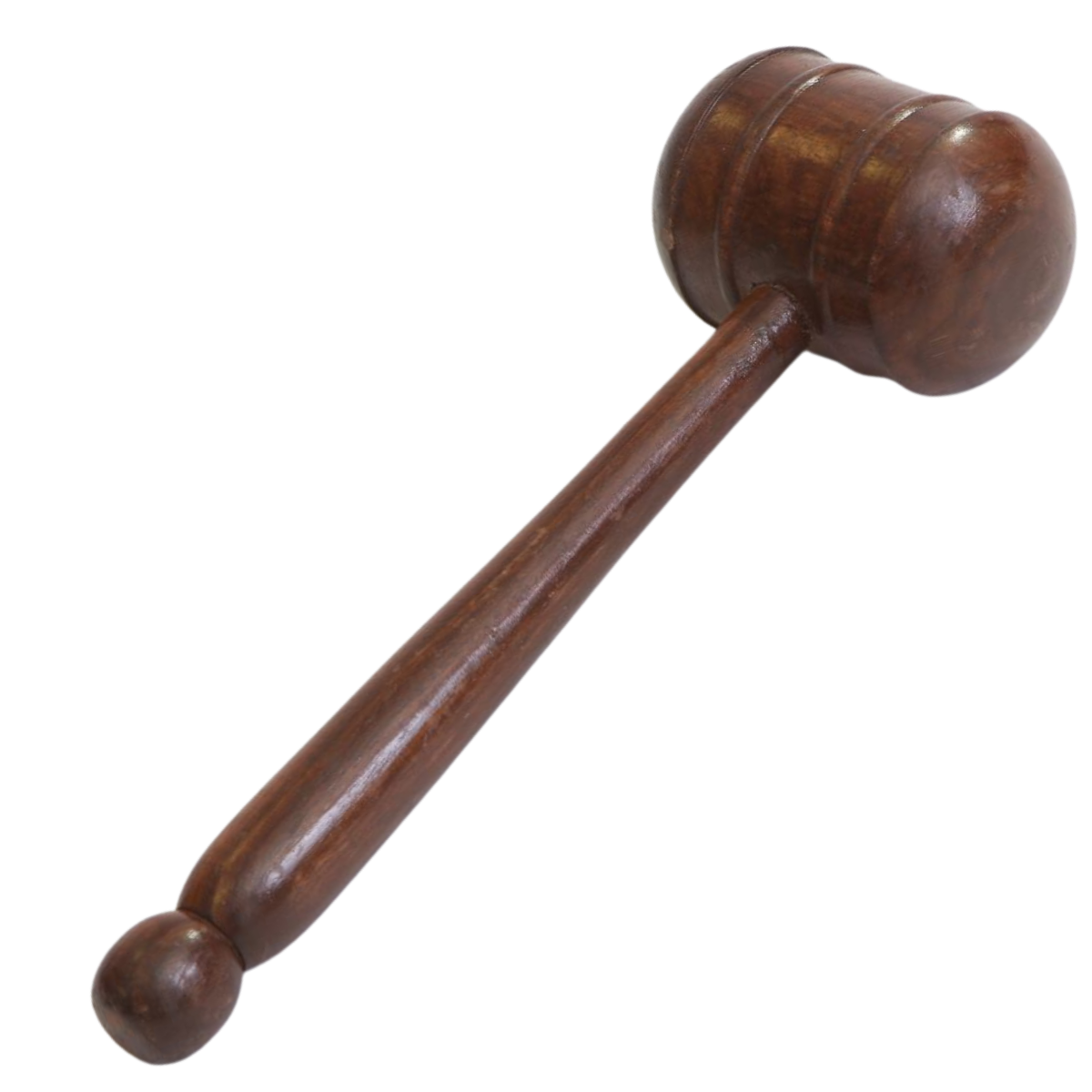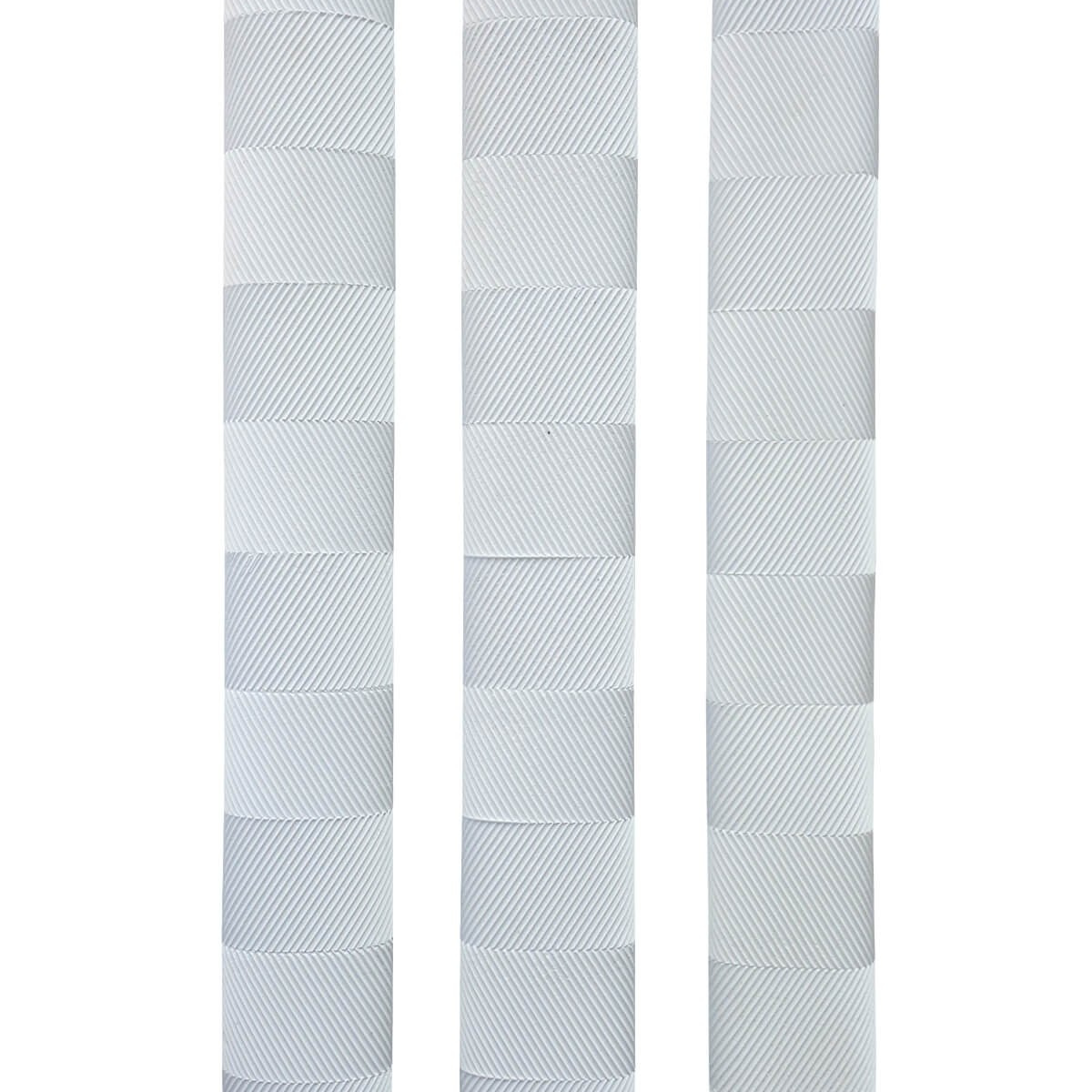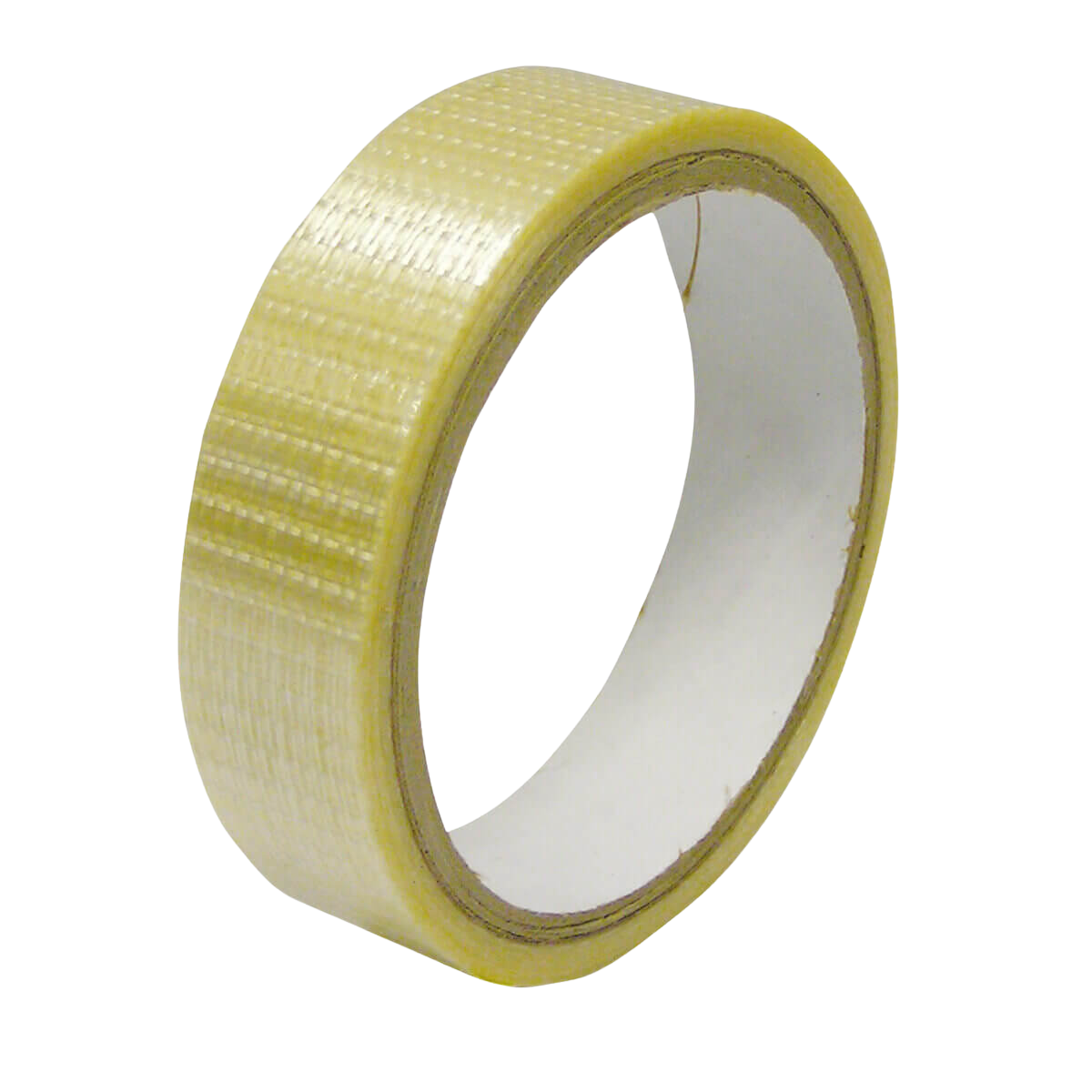BAT PREPARATION & CARE GUIDELINES
Preparing your cricket bat and looking after it properly is a massive factor in both performance and longevity.
You need to allow time and patience in preparing your bat for play. Look after your bat and your bat will look after you!
We highly recommend the following to prepare your bat for play and to prolong the life of the bat:
-
Knocking In
You should allow at least 2-3 hours of knocking in. Please note that our B3 knocking in service provides 1 hour of professional knocking in by hand. It is recommended that the player also does some initial knocking in and has a few gentle net sessions with old balls prior to playing in a match situation.
-
Fitting a Protective Face Sheet
Fitting a protective face sheet or ‘anti-scuff sheet’ is highly recommended by B3. They protect the edges and face from wear and tear and prolong the life of a cricket bat.
-
Oiling Your Cricket Bat
When you purchase a new cricket bat from B3 Cricket, we recommend giving the bat a light oiling. You will need to repeat this process at the end of the season.
See our Bat Care Products below
PREPARATION VIDEOS
OILING YOUR CRICKET BAT
When you purchase a new cricket bat from B3 Cricket, we recommend giving the bat a light oiling. You will need to repeat this process at the end of the season.
KNOCKING-IN YOUR CRICKET BAT
Knocking-In is an essential part of preparing your cricket bat for play. watch the video below and make sure you spend plenty of time doing this process.
top five BAT CARE TIPS
Now you’ve properly knocked-in and oiled your B3 belter, you can start to play with confidence and get the runs flowing. Here are a few more top tips to maximise performance and prolong the life of your bat!

limit bat tapping
If you are a 'bat tapper,' try to limit this, don't tap too hard, and AVOID if the wicket is wet. The toe of a cricket bat is a very vulnerable area, and tapping can cause severe damage. Tapping against the wicket when taking guard compresses fibres which then open out, leading to splits, greater absorption of moisture, de-lamination of the face, and irreparable damage.

Use quality balls
There are a lot of cheap balls on the market which have hard centres and pronounced seams. If someone turns up to nets with a rock-hard “cherry" ask them not to use it. If you're a young player, ask the coach if the ball is ok to use with your bat. A good coach should know the difference and appreciate the problems an inferior ball can cause.

avoid dampness
If your bat does get wet, then allow it to dry naturally then inspect it for any signs of swelling or fibres opening up which will need attention.

exposure to heat
Never expose to extreme heat, it will lose moisture and become brittle. Dont leave it in direct sunlight, in a hot car or propped up to the radiator at home.

store properly
Make sure you store your bat in a dry, coolish atmosphere. Always avoid excessive heat, damp or cold, and at the end of a season, give it a light oil.
BUMBLE & THE FACTORY TOUR
When legendary cricketer and commentator David "Bumble" Lloyd visited B3 he couldn't help but be impressed by the unique B3 facilities and advanced technology which means we can treat every customer like PRO!

